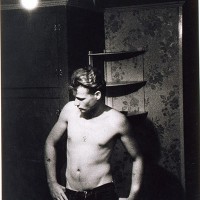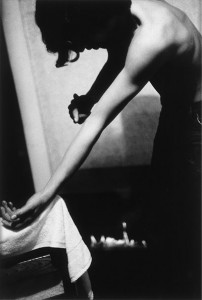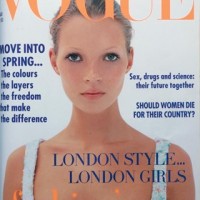
City Hall in Paris has managed to create a bit of a commotion. It’s gone and done something that just isn’t very French. (The Brit in me wants to say ‘just isn’t cricket’, but that wouldn’t really be cricket.) It has censored an exhibition. Yep, Paris, that bastion of artistic liberalism, has been told that Larry Clark’s retrospective—Kiss the Past Hello—at the Musée d’Art Moderne is unsuitable for under-18s.
Now, Clark has always cut close to the bone. (He was the director of the 1995 film Kids, let us not forget.) His photographs are gritty, explicit, and provocative. I’d even describe some of them as stomach-churning. But they’re mostly images of under-18s. I can’t claim that these photographs are especially representative of my teenage years, nor those of my friends (I definitely wasn’t pregnant and addicted to heroin at 16), but they do portray the lives of some teenagers. So part from their intrinsic brutality, are they actually that shocking for under-18s?

Untitled, 1971. (Courtesy of Larry Clark, Luhring Augustine, New York and Simon Lee Gallery, London )
One of my friends pointed out that if you want shocking or potentially exploitative, you only have to flick through a newspaper or turn on the evening news. It isn’t as if young people are cocooned from obscenity, drug abuse, violence, or sex and that this exhibition is exposing them to some previously unknown of unvisited horror. This is, or was, someone’s—many people’s, in fact—reality.
As my Ma, who is some sort of bastion of social liberalism herself, put it: ‘When you were 15 I’d rather that you were hanging around a gallery than doing things with boys in the backs of cars. Besides, the pictures hardly glamourise taking drugs or having sex.’ Oh no, these pictures hardly inspire you to shoot up in a dingy council flat in a dodgy area of Brixton. They probably do the exact opposite, in fact.
Speaking of achieving the exact opposite, there’s nothing more attractive than forbidden fruit, is there? How many under-18s would’ve attended the exhibition if it weren’t age-restricted and how many are now looking up Larry Clark on that there intergoogle-fandango, especially after Liberation emblazoned its front page with a slightly raunchy image from the collection on Thursday? In 1960, the publishers Penguin were taken to court on ground of obscenity for publishing Lady Chatterley’s Lover. Which book shot to the top of the best sellers’ list? Lady Chatterley’s Lover.
Kiss the Past Hello runs from from 8 October 2010 until 2 January 2011, at the Musée d’Art Moderne, 11 avenue du Président Wilson, 75116, Paris.






